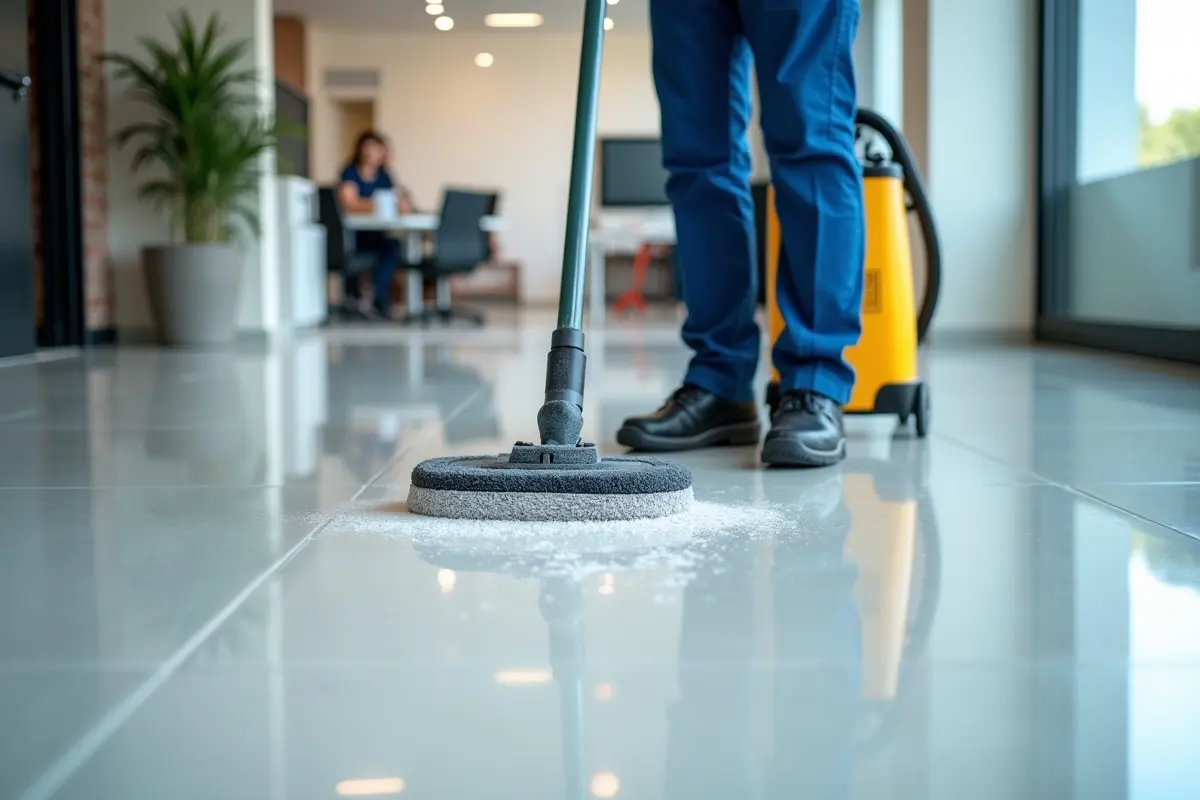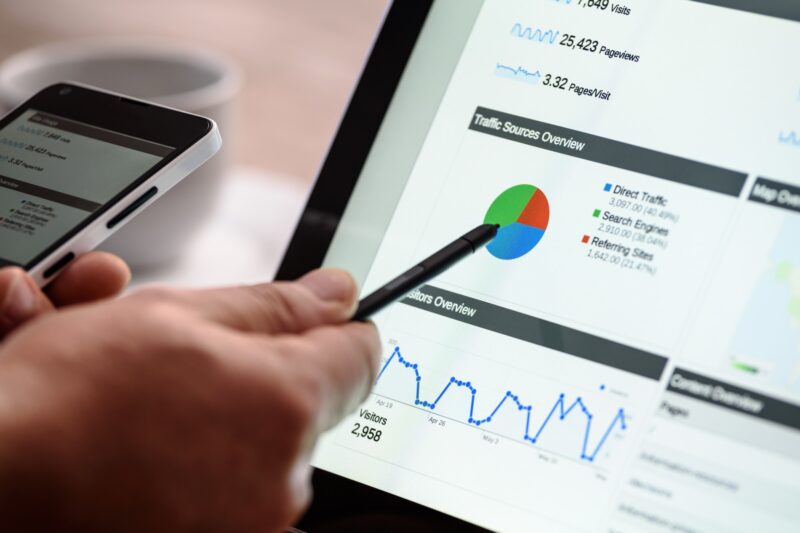A well-maintained floor enhances the look and durability of any space. Daily traffic, spills, and environmental factors can cause wear, scratches, or discoloration. Protecting and preserving floors extends their lifespan and keeps them looking good. Habits such as regular sweeping, prompt spill cleanup, and using proper cleaning products help maintain a clean and safe environment.
In addition to routine upkeep, professional floor care and maintenance services can help address deeper issues, such as stubborn stains, scratches, or uneven surfaces. By combining everyday practices with expert support, property owners can ensure their floors remain durable and visually appealing for years to come, minimizing costly repairs and maintaining a polished appearance throughout the space.
Regular Cleaning Routines
Daily cleaning is essential for effective floor care. Sweeping or vacuuming removes grit and sand that can scratch surfaces, such as hardwood, laminate, and vinyl. In commercial spaces, using a vacuum for hard floors prevents microscopic scratches that can dull finishes over time. At home, microfiber mops are more effective at attracting dust and allergens than cotton mops, thereby enhancing cleanliness and air quality.
Protective Measures
Prevention is essential for effective maintenance. Using quality mats at entryways traps dirt and moisture, preventing it from entering. Business spaces benefit from runner mats in corridors and break rooms, especially during busy periods or adverse weather conditions. Felt pads under furniture prevent scratches.
In spill-prone areas, such as kitchens and industrial hallways, floor runners and protective coatings provide an added layer of protection. In areas requiring rigorous maintenance, such as warehouses, regular industrial cleaning routines help keep floors safe, hygienic, and durable. These investments reduce repair costs and promote a cleaner, more efficient environment.
Addressing Spills Promptly
Unattended spills can cause stains or damage to flooring such as hardwood and carpet. Immediately blot spills with a soft cloth, rather than wiping, to prevent spreading. For stubborn stains, apply a mild detergent to minimize discoloration and damage.
In workplace settings, clear spill response policies help reduce slip hazards and maintain the appearance of floors. Acting quickly not only protects the flooring but also demonstrates that the space is well-maintained to staff and visitors.
Deep Cleaning and Maintenance
Routine deep cleaning is vital because dirt becomes embedded in flooring, making it difficult to remove with regular cleaning. Quarterly professional deep cleans or buffers restore shine and remove residues. Surfaces like VCT or sealed tiles need scrubbing and waxing, while hardwood floors may need recoating. Deep cleaning also helps prevent deterioration, thereby reducing the need for repairs.
Choosing the Right Cleaning Products
Floor care effectiveness depends on the choice of product for each surface. Use pH-neutral cleaners for hardwood and laminate to protect finishes. Tiles may need specialized cleaners to remove grout grime without damage. Carpets benefit from non-toxic, low-residue products to reduce allergens and keep fibers fresh.
Avoid using bleach and harsh chemicals to preserve your flooring and maintain indoor air quality. Always follow the product instructions and consult the manufacturer’s guidelines if you are unsure.
Leveraging Modern Floor Care Technologies
Emerging technologies are crucial in floor maintenance, with robotic and AI machines mapping and cleaning autonomously, reducing labor for extensive facilities. Sensors help adapt to various surfaces and utilize resources efficiently, thereby boosting eco-friendliness and consistency, allowing staff to focus on other tasks. These advances improve sustainability and cleaning standards.
Establishing a Cleaning Routine
Maintain consistency with a routine of daily sweeping, weekly mopping, and occasional deep cleaning to keep floors in good shape. Focus on high-traffic areas and schedule maintenance for lower-traffic zones. Clean spills promptly, set specific cleaning times, and gather feedback to maintain an effective and manageable routine.
Conclusion
Effective floor care involves adopting proactive habits, implementing protective measures, and utilizing advanced technology to maintain a clean and safe environment. Using surface-safe products and professional services for specialized areas, these practices help keep floors clean, safe, and well-maintained. Applying the strategies in this guide enhances the appearance, safety, and durability of your flooring, resulting in a cleaner and more inviting space.




